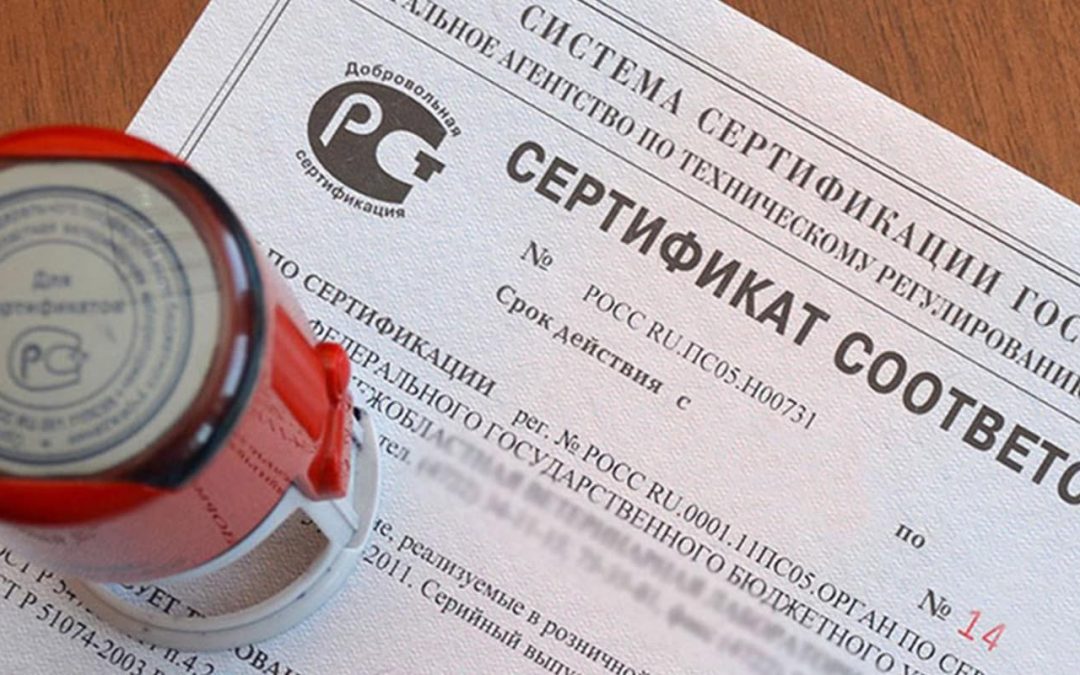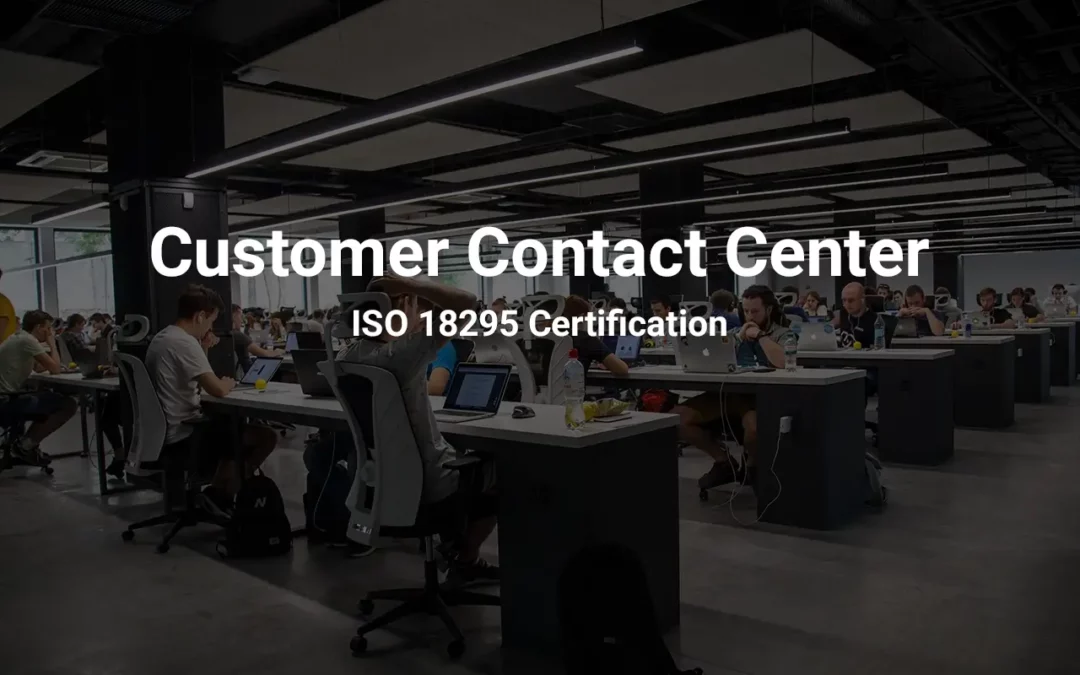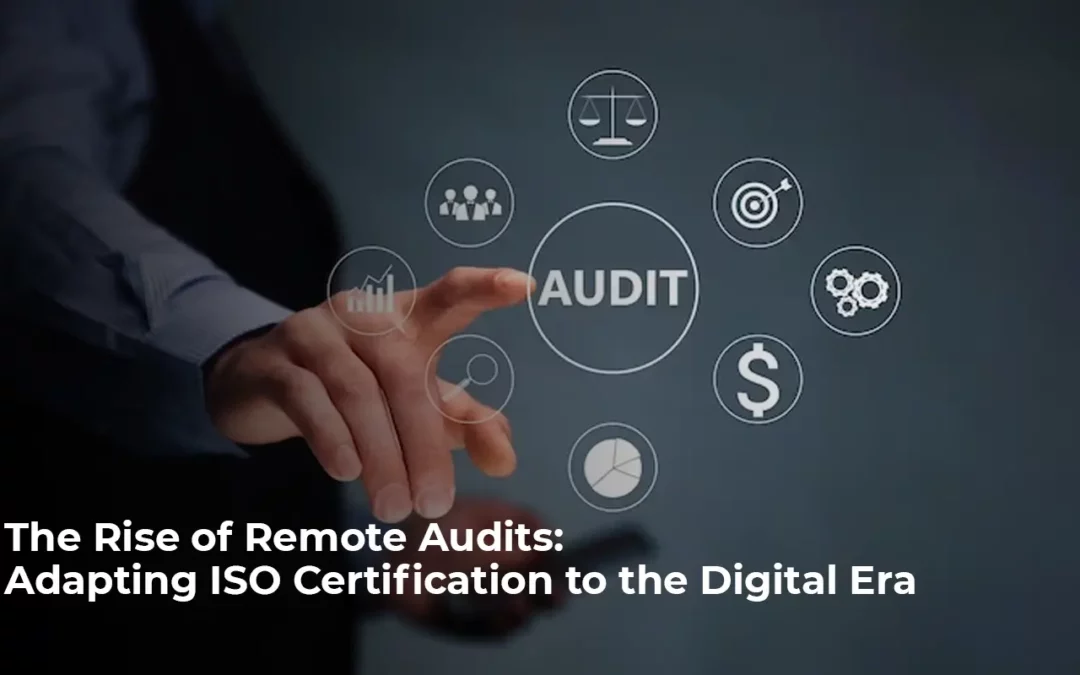
How Rainforest Alliance Certification Benefits Farmers and Rural Communities?
In this present reality where sustainability is turning out to be progressively critical, certifications assume an essential part in guaranteeing that products meet severe environmental and social principles. Among these certificates, the Rainforest Alliance Certificate stands apart as a reference point of sustainability, promising positive effects on both the environment and the existence of the individuals who rely upon it the most – practices and rural networks.
In this blog, we will dive into the complex manners by which Rainforest Alliance Certificate benefits practices and adds to the prosperity of rural communities.
I. Improved livelihoods and working conditions:
Higher Incomes: Certificate frequently prompts expanded efficiency and market access, bringing about more exorbitant costs for farmers’ crops. This assists them with accomplishing further developed livelihoods and breaking destitution.
Better Working Conditions: The standard advances protected and fair working circumstances, including adherence to work regulations, giving individual defensive gear, and disallowing kid work. This makes a better and more stately workplace for practices and their families.
Sustainable Agricultural Practices: At the core of the Rainforest Alliance Certification lies a guarantee of responsible farming practices. Practices who stick to these practices are protecting their prompt environmental factors as well as adding to the worldwide work to battle environmental change.
By embracing eco-accommodating cultivating procedures, for example, agroforestry, and coordinating bother the executives, certified practices assume an essential part in protecting biodiversity and advancing better environmental systems.
Economic Empowerment: The Rainforest Alliance Sustainable Agriculture Standard is a useful resource for financial strengthening in rural regions. Certified practices frequently appreciate better market access and greater costs for their items. This encourages monetary sustainably and empowers practices to put resources into their homesteads, foundations, and the training of their youngsters.
Besides, the certification opens ways to worldwide business sectors, giving a stage for practices to feature their items on a worldwide scale, at last working on their livelihoods.
Community Development: The positive effects of Rainforest Alliance reach out past individual practices to whole country networks. As cultivating practices become more reasonable, communities observe a reduction in ecological corruption and an expansion in general personal satisfaction.
The certificate frequently accompanies local area advancement projects, including admittance to training, medical services, and foundation enhancements. This all-encompassing way to deal with sustainability makes flourishing and versatile rural networks.
Preservation of Ecosystems: Rainforest Alliance Certification puts major areas of strength for the preservation of envionmental systems, safeguarding essential living spaces and biodiversity. Certified practices are urged to keep up with common living spaces and diminish deforestation, guaranteeing that their rural practices don’t think twice about the fragile equilibrium of biological systems.
By saving the environment, the Rainforest Alliance in UAE benefits practices as well as adds to worldwide preservation endeavors.
Social Well-being and Fair Labor Practices: The certification expects practices to stick to severe social guidelines, advancing fair work practices and guaranteeing the prosperity of farm workers. This incorporates fair wages, safe working circumstances, and the forbidding of child labor. By maintaining these moral guidelines, Rainforest Alliance encourages a positive workplace and adds to the social texture of rural communities.
II. Environmental Protection & Climate Resilience:
- Biodiversity Conservation: Certified farmers execute practices that safeguard wildlife territories, imperiled species, and water assets. This aids in protecting the environmental equilibrium and the common habitat.
- Sustainable Farming Practices: Practices learn and embrace procedures like integrated pest management and soil preservation, which reduce environ effects and further develop farm flexibility to environmental change.
- Reduced Deforestation: The certification program deters deforestation and advances sustainable land management practices, safeguarding significant rainforest ecosystems.
III. Some additional benefits include:
-
- Enhanced access to resources: Farmers get close enough to preparing, specialized help, and market networks through the Rainforest Alliance Certificate in UAE.
- Increased market recognition: Item products with the Rainforest Alliance seal are perceived by purchasers as being socially and environmentally capable, possibly prompting better market access and brand reputation for farmers.
- Empowerment and participation: The certification cycle supports farmer investment in navigation, encouraging a feeling of responsibility and strengthening inside networks.
Conclusion:
All in all, Rainforest Alliance Certificate is a strong power for positive change in the agriculture area, offering a large group of advantages to farmers and rural communities the same. From responsible cultivating practices to monetary strengthening and local area advancement, the effect of this certification is significant.
As consumers progressively focus on sustainability, supporting items with the Rainforest Alliance Certificate turns into a significant method for adding to the prosperity of practices and the preservation of our planet’s valuable environments.







